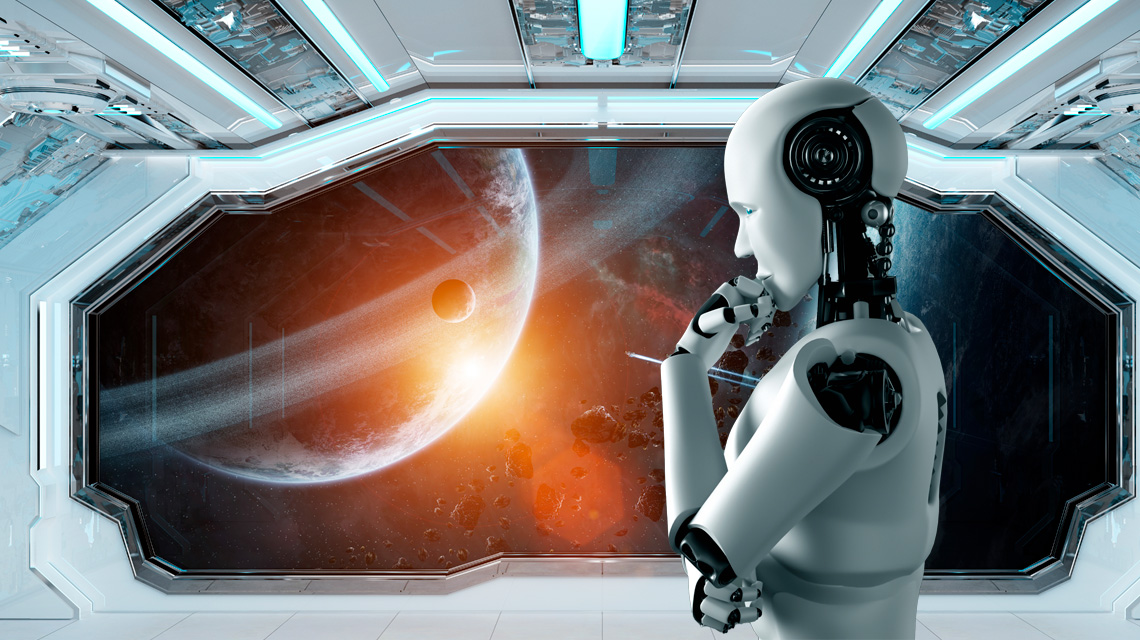Italian National Agency for New Technologies, Energy and Sustainable Economic Development

Innovation: A space robotic assistant from ENEA and University of Rome “Tor Vergata”
A robotic assistant to work alongside humans and in some cases replace crew members of orbital space missions in the maintenance and monitoring of external structures, to relieve stress and reduce risks, was developed by ENEA and Rome University "Tor Vergata" as part of the two-year project TORVEastro[1], funded by the Lazio Region through the company Lazio Innova[2].
The project stems from a patent by prof. Marco Ceccarelli of the Robotics and Mechatronics Laboratory of the Industrial Engineering Department of the University of Rome Tor Vergata, with the support of researchers from the Robotics and Artificial Intelligence Laboratory of the ENEA Department of Energy Technologies and Renewable Sources.
“The innovations of the robot TORVEastro lie in its central part, where the servomotors are positioned and connected to limbs working as either arms or legs, and in the design solutions adopted using cables that act as tendons to transfer movement from the trunk to the limbs”, explained prof. Ceccarelli, scientific director of the project.
"In the mechanical design of the robot it was necessary to consider the characteristics of the space environment, like extreme temperature ranges, high levels of cosmic radiation, absence of atmosphere and possible collisions with space debris", explained researcher Marco Paoloni, project coordinator for ENEA.
During extravehicular activities astronauts face many hazards that put their lives at risk, like the so-called 'space junk' made up of debris which, traveling at high speed, can pierce spacesuits. “The use of a robot can be decisive, also to avoid the risk of malfunctioning of the survival equipment built into spacesuits” Paoloni said.
In addition to the extreme environment, the project is focusing on precision machining of mechanical parts and robustness of the control software.
"At ENEA we have specifically dealt with implementing the algorithms that allow the robot's arms/legs to perform their tasks in a coordinated way", concluded Paoloni.
After being presented in several international congresses, the TORVEastro robot project will be illustrated in full detail at the final event in April 2023.
